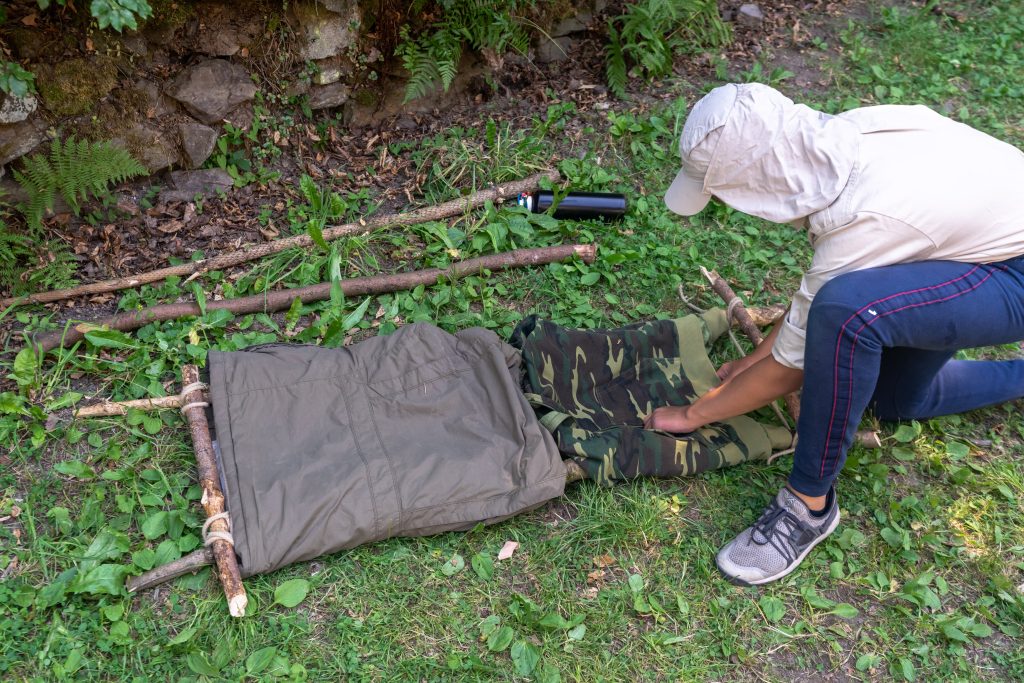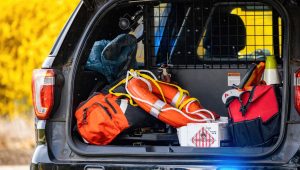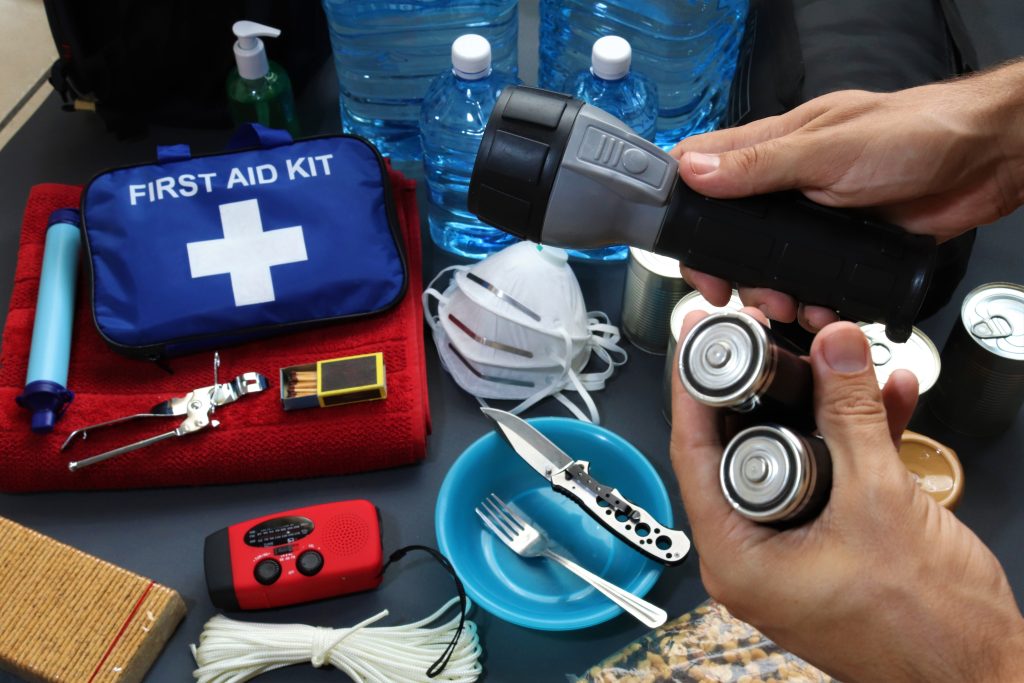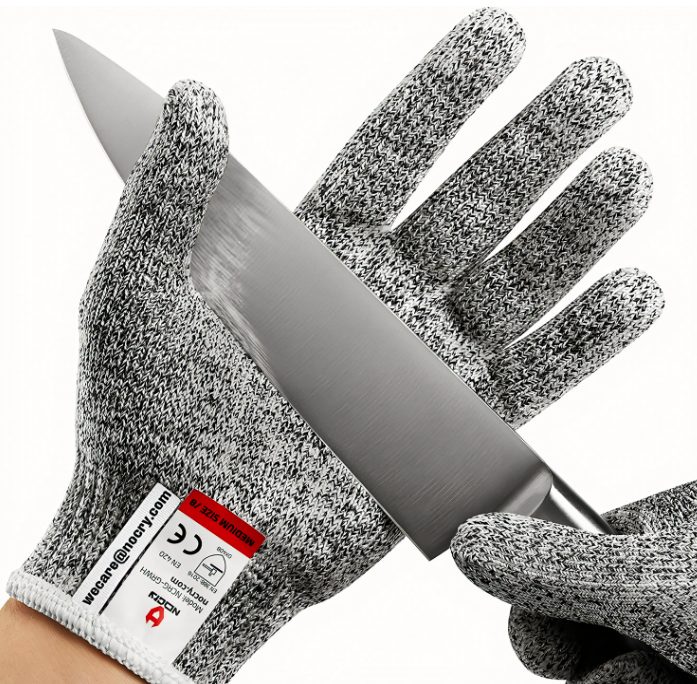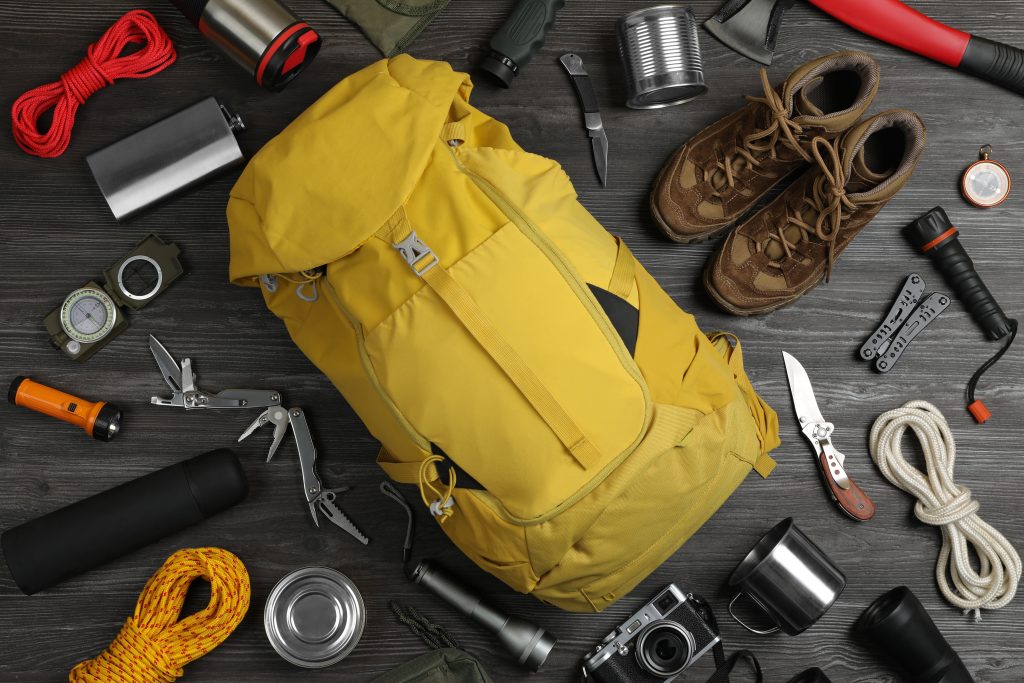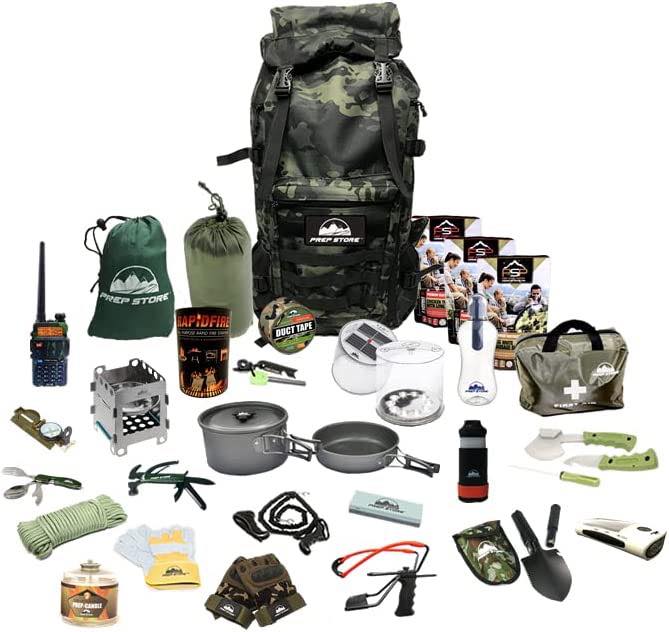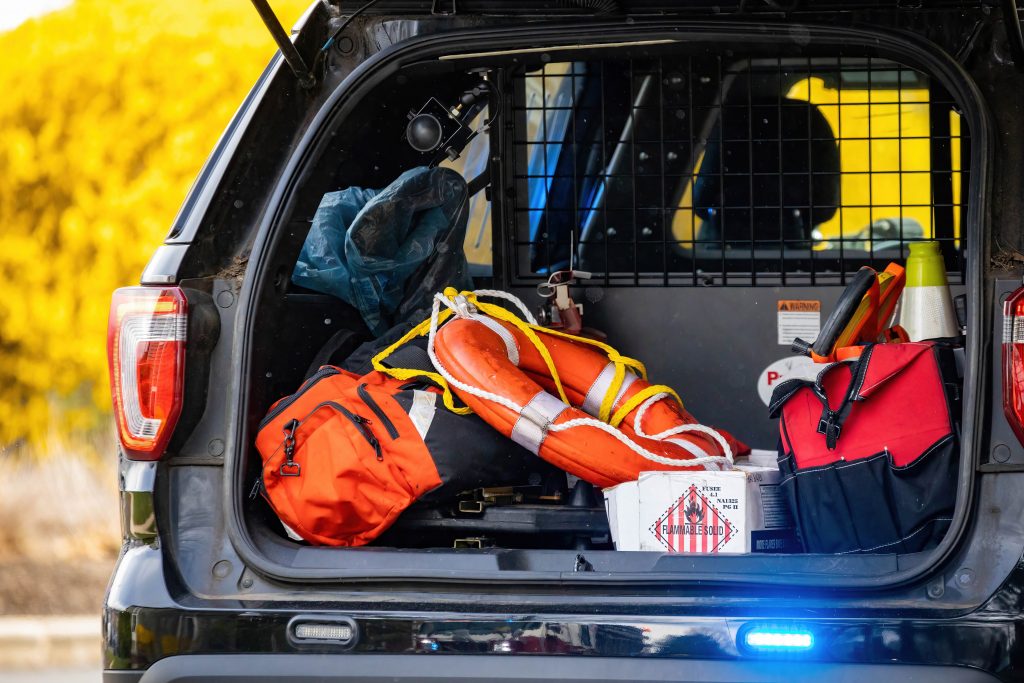When venturing into the great outdoors, whether for camping, hiking, or any wilderness activity, it’s crucial to be prepared for potential injuries and emergencies. Accidents can happen, and being equipped with the right knowledge and survival gear can make all the difference. In this article, we will provide essential medical survival tips for those who find themselves injured in the woods. From basic first aid techniques to useful survival gear, we aim to empower outdoor enthusiasts to handle emergencies effectively and increase their chances of survival.
Assessing the Situation
In any wilderness injury scenario, the first step is to assess the situation calmly and efficiently. Determine the severity of the injury, the availability of resources, and the need for immediate medical assistance. Prioritize life-threatening situations and consider the following:
a. Bleeding: If the injury involves severe bleeding, apply direct pressure on the wound with a clean cloth or your hand to control the bleeding. Elevate the injured area if possible.
b. Fractures and Sprains: Immobilize fractures and sprains using splints or improvised materials like sturdy sticks or branches. This helps prevent further damage and alleviates pain.
c. Environmental Hazards: Be aware of any surrounding dangers, such as wild animals, steep cliffs, or adverse weather conditions. Ensure your safety and the safety of the injured person.
Basic First Aid Techniques
Knowing basic first aid techniques is crucial when medical help is not immediately available. Here are some essential skills to master:
a. CPR and Rescue Breathing: Learn cardiopulmonary resuscitation (CPR) and rescue breathing techniques to provide immediate assistance in case of cardiac arrest or respiratory distress.
b. Wound Cleaning and Dressing: Clean wounds with clean water or saline solution. Apply sterile dressings or improvised bandages to protect the wound from infection.
c. Splinting: As mentioned earlier, immobilize fractures and sprains with splints to prevent further injury.
d. Treating Burns: Cool burns with cold water to reduce pain and prevent tissue damage. Cover burns with sterile dressings or clean cloth.
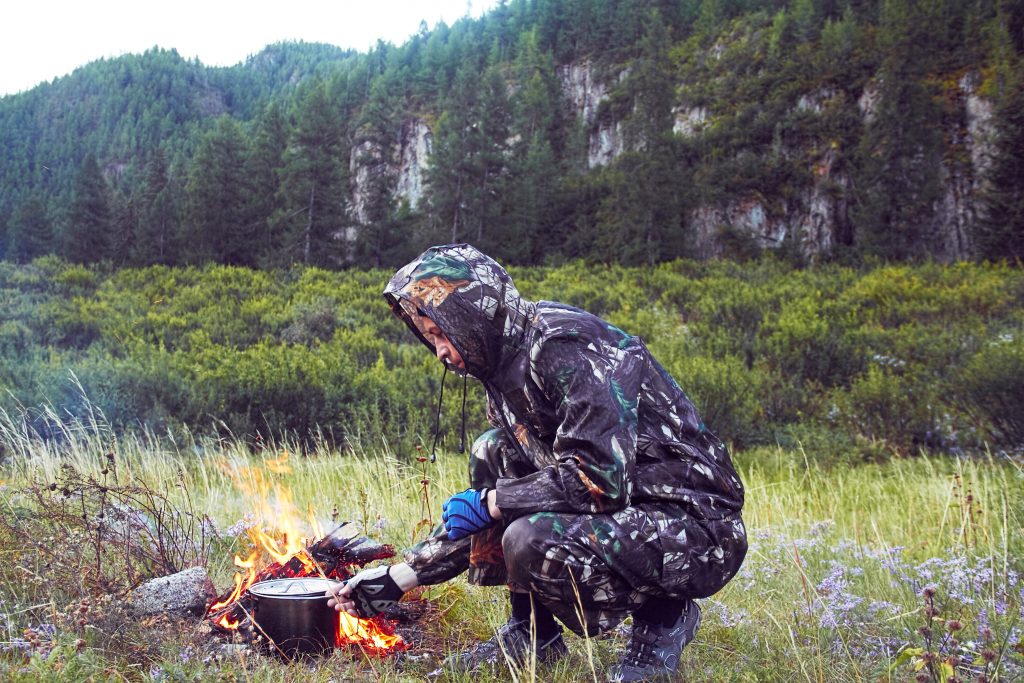
Essential Survival Gear
Carrying appropriate survival gear significantly enhances your chances of surviving wilderness injuries. Here are some items to include in your kit:
a. First Aid Kit: A well-stocked first aid kit should include bandages, adhesive tape, antiseptic wipes, sterile dressings, pain relievers, tweezers, and scissors.
b. Communication Devices: Carry a fully charged cell phone or a satellite phone for emergency communication. Signal flares and whistles can also attract attention.
c. Navigation Tools: A compass and a detailed map of the area will help you find your way back or direct rescuers to your location.
d. Illumination: Pack a reliable headlamp or flashlight with extra batteries to navigate during nighttime emergencies.
e. Fire-Making Tools: Carry waterproof matches, a lighter, or a fire starter kit to provide warmth, cook food, and signal for help.
f. Shelter: A lightweight, compact emergency shelter or a tarp can protect you from harsh weather conditions and provide temporary comfort.
Situational Awareness and Preventive Measures
Preventing injuries in the wilderness is always better than having to deal with them. Here are some preventive measures to consider:
a. Research and Planning: Familiarize yourself with the area, climate, and potential risks before your trip. Inform others about your plans and estimated return time.
b. Dress Appropriately: Wear sturdy footwear and suitable clothing for protection against elements and potential hazards.
c. Hydration and Nutrition: Stay hydrated by drinking sufficient water and carry high-energy snacks to maintain your energy levels.
d. Insect and Tick Protection: Apply insect repellent and wear appropriate clothing to minimize the risk of insect bites and tick-borne diseases.
e. Stay on Marked Trails: Stick to established trails and avoid wandering off into unknown or hazardous areas. This reduces the chances of getting lost or encountering dangerous terrain.
f. Carry Ample Water: Always carry an adequate supply of water, especially in hot and arid environments. Dehydration can lead to various health complications and impair your ability to handle emergencies.
g. Learn Basic Wilderness Skills: Acquiring essential wilderness skills such as navigation, fire-making, and shelter building can greatly enhance your survival capabilities in case of emergencies.
h. Travel in Groups: Whenever possible, travel with a companion or in a group. In the event of an injury, having someone to assist and seek help is crucial.
Injuries can happen unexpectedly in the wilderness, but with the right knowledge and preparation, you can increase your chances of survival. Assessing the situation, applying basic first aid techniques, and having the necessary survival gear are vital for managing wilderness injuries. Remember to remain calm, prioritize your safety, and seek professional medical help as soon as possible.
Additionally, practicing situational awareness, taking preventive measures, and developing wilderness skills can help prevent injuries and improve your overall safety while enjoying outdoor activities.
By being prepared and equipped with the right knowledge and tools, you can confidently explore the wonders of nature while ensuring your well-being and the well-being of those around you. Stay safe, stay informed, and enjoy the wilderness responsibly.

